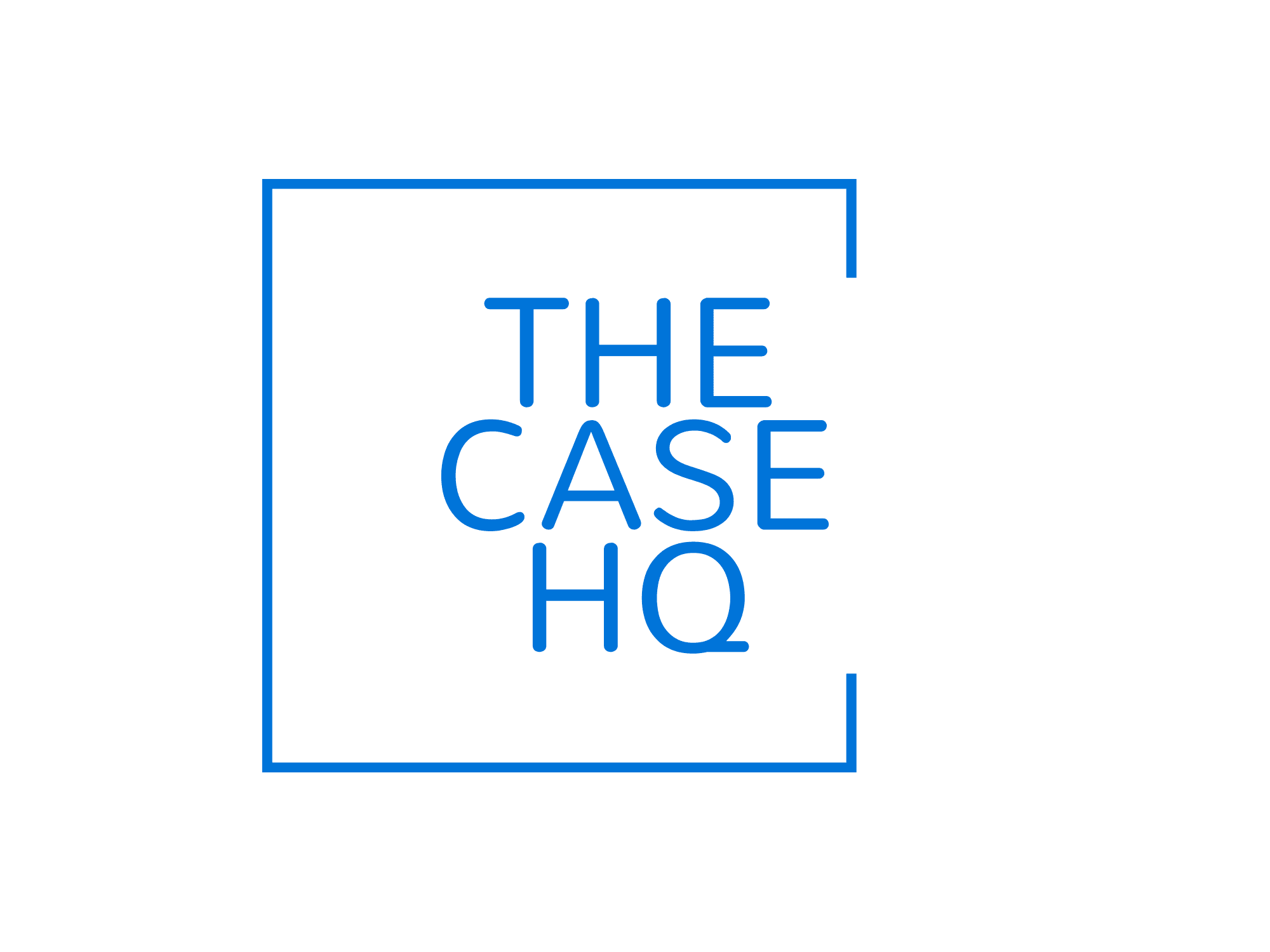Generative AI is no longer just a buzzword it’s a practical toolkit reshaping how educators design content, assess learning, and engage students. Tools like ChatGPT, Claude, and Bard are not just experimental anymore; they’re being used daily in classrooms to improve workflows, personalise learning, and enhance creativity.
This post outlines practical, ethical, and scalable ways to integrate generative AI into education, ensuring teachers and institutions can move from curiosity to confident implementation.
Mastering Case Study Writing and Teaching: A Practical Guide for Business Educators
1. What Is Generative AI and Why It Matters in Education?
Generative AI refers to models that can generate content—text, images, code, simulations, and more based on prompts. In an educational setting, this means automating or enhancing tasks such as:
- Drafting lesson plans
- Writing feedback
- Simulating case scenarios
- Creating quizzes and rubrics
- Summarising student responses
These capabilities reduce repetitive workload and empower educators to focus on strategy and interaction.
2. 10 Practical Use Cases for Educators
| Application | What It Does | Tool Example |
|---|---|---|
| Lesson Plan Generation | Converts objectives into detailed lesson flows | ChatGPT, LessonPlans.ai |
| Prompt-Driven Essay Drafting | Helps scaffold student writing with outlines | Claude, GPT-4 |
| Formative Assessment Creation | Automatically creates quizzes and MCQs from content | Quizgecko, Diffit |
| Feedback Generator | Drafts personalised comments on assignments | Writable, ChatGPT |
| Rubric Design | Builds rubrics based on grading criteria and outcomes | Curipod, Formative |
| Student Personas | Simulates learner types for case-based teaching | GPT roleplay prompt templates |
| Peer Feedback Simulation | Models high/medium/low quality responses for peer assessment training | Bing Chat |
| Scenario-Based Learning | Builds business simulations, ethical dilemmas, etc. | StoryTool, PromptLoop |
| Plagiarism Rewriting Support | Helps students paraphrase with academic integrity guidance | Grammarly AI, Scribbr |
| Professional Development Aid | Coaches faculty in writing reflective logs and portfolios | ChatGPT + prompt templates |
These applications are ready to deploy and require little technical experience—only thoughtful prompts and clear pedagogical intent.
3. Designing Effective Prompts for Educational Tasks
The success of any generative AI application depends on prompt engineering. Poor prompts yield generic outputs; good prompts produce tailored, high-quality materials.
Prompt Framework for Teachers:
“Act as a [role]. I need help with [task], using [inputs]. Please include [style/tone/level].”
Example
“Act as a university-level economics instructor. Create a 60-minute lesson plan on inflation using recent case studies, interactive activities, and an exit quiz. Keep the tone professional and engaging.”
You can create prompt libraries for:
- Lesson plans
- Grading comments
- Case studies
- Debate questions
- Bloom’s Taxonomy-level task generators
4. Ethical and Practical Considerations
Using generative AI in education requires thoughtful policies and boundaries.
Key Considerations:
- Transparency: Clearly disclose AI-assisted content to students.
- Bias and Accuracy: Always review generated outputs—AI can fabricate data or lean toward Western academic perspectives.
- Student Equity: Ensure that learners with less tech access are not left behind.
- Assessment Integrity: Use AI detection tools where necessary but promote academic honesty through task design (e.g., viva-based assessments, reflections).
5. Real-World Example
A university business instructor uses ChatGPT to generate a roleplay scenario between a marketing director and a skeptical CFO debating whether to enter the TikTok ad market. Students are assigned roles to act out the dialogue, then reflect on the strategic decision.
6. Faculty Upskilling for Generative AI Integration
What educators need:
- Prompt Design Training
- AI Pedagogy Workshops
- Ethical Use Frameworks
- Experimentation Time and Sandbox Platforms
Departments can pilot AI-friendly learning design units, giving faculty a safe space to test ideas and build reusable content templates.
Visit The Case HQ for 95+ courses
Read More:
Top Picks: Best AI Tools for Academic Researchers in 2025
Career Paths After the PhD: Academia vs Industry – Which Is Right for You?
Proven Strategies: How to Prepare for Your PhD Viva (Defence) Successfully
Effective Guide: How to Structure a PhD Thesis Effectively
Proven Tips: How to Design a Questionnaire That Gets Valid Responses
Quantitative vs Qualitative: Which Research Method Is Right for You
New Course Launch: Certified AI-Powered Cybersecurity Foundations (CAPCF)
How AI to Combat Plagiarism Is Revolutionizing Academic Integrity
How Artificial Intelligence Is Revolutionizing Competency-Based Education
Can AI Replace Human Examiners? A Controversial Yet Powerful Debate in Education
Emerging Trends in AI-Assisted Learning Evaluation You Can’t Afford to Miss
The Evolution of Educational Assessments in the Age of AI: A Game-Changing Shift in Learning
AI and the Shift Toward Continuous, Real-Time Assessment: A Transformative Leap in Education



Responses